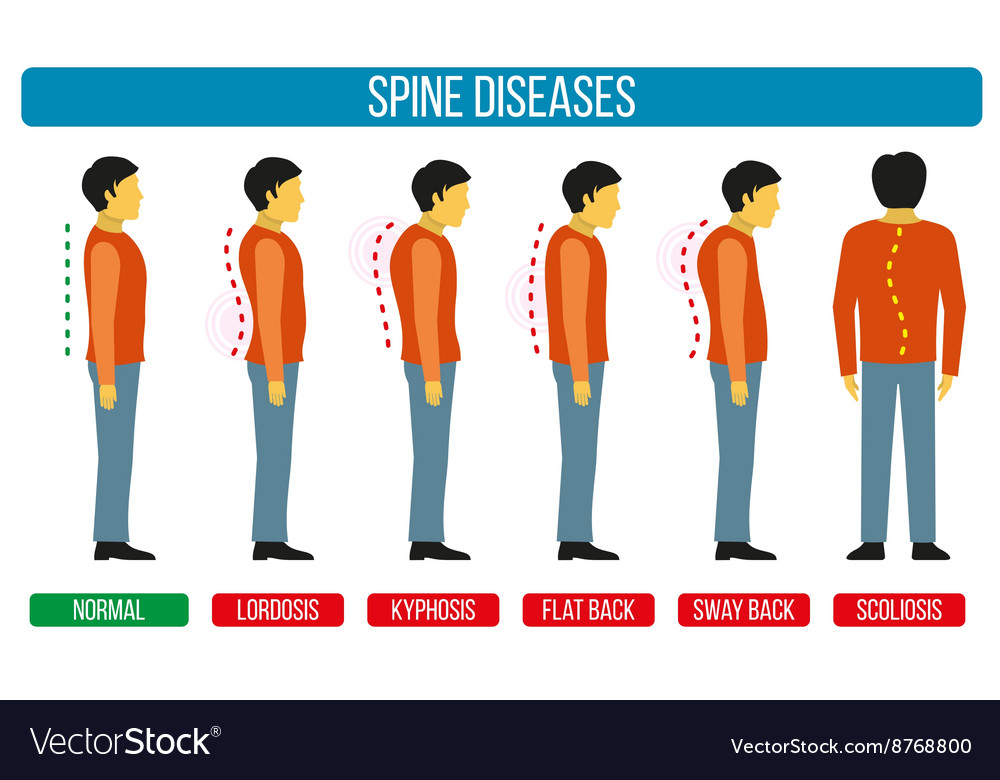Simply When You Assume Alleviation Is Near, Soft Tissue Therapy Reveals Its Unpleasant Realities-- Uncover Why The Process Can Be Uncomfortable Yet Helpful
Simply When You Assume Alleviation Is Near, Soft Tissue Therapy Reveals Its Unpleasant Realities-- Uncover Why The Process Can Be Uncomfortable Yet Helpful
Blog Article
Post Produced By-Holman Jacobson
When you undertake soft Tissue treatment, you might find it remarkably uncomfortable. This discomfort arises as pressure is related to strained muscles and broken cells, causing your pain receptors. While it can really feel traumatic in the minute, there's a factor behind this experience. Comprehending what happens in your body during these treatments can assist you value the process. So, just what is going on under the surface?
The Physiology of Pain During Soft Tissue Treatment
When you go through soft Tissue therapy, your body's action to pain is a complicated interaction of physical processes. As the therapist uses stress, your body triggers pain receptors, sending out signals to your brain. This activates the release of neurotransmitters, such as material P and glutamate, which intensify the sensation of discomfort.
Your muscle mass might also tense up in action, further making complex the experience. In addition, your body might launch endorphins, natural medicines that can help reduce some discomfort.
The communication between these procedures can develop an unique experience for each individual. Comprehending this physical feedback helps you browse the experiences throughout treatment, allowing you to value the balance in between pain and the possibility for healing benefits.
The Duty of Pain in the Recovery Process
Although discomfort throughout soft Tissue treatment can feel overwhelming, it plays an essential function in the healing procedure. When you experience pain, your body is signaling that it's working to fix broken cells. This action helps enhance blood circulation to the affected area, providing necessary nutrients and oxygen needed for healing.
Additionally, discomfort can promote the release of endorphins, your body's all-natural medicines, developing a sense of alleviation post-treatment. Welcoming this discomfort can aid you recognize your body's limitations and encourage you to deal with underlying issues.
While it's unpleasant currently, this procedure is important for lasting healing and boosted feature. Acknowledging pain as an essential part of healing can empower you to stay dedicated to your treatment.
Tips for Managing Discomfort During and After Treatment
Handling discomfort during and after soft Tissue therapy can considerably enhance your total experience and recovery.
To begin, interact freely with your therapist concerning your pain levels; they can change methods appropriately. Making https://long-term-chiropractic-ca17394.webdesign96.com/33577605/how-sports-massage-therapy-can-assist-alleviate-muscle-pain of deep breathing techniques can likewise help you kick back and alleviate discomfort.
Think about using ice to the treated area post-session to decrease inflammation and numb pain. Remaining hydrated aids in the recovery process, so drink lots of water.
Mild extending and light motion after treatment can promote blood flow and convenience tightness. Last but not least, ensure you obtain adequate rest to permit your body to heal.
Applying these suggestions can make your soft Tissue therapy much more manageable and satisfying.
Conclusion
In conclusion, while soft Tissue therapy can be uneasy, it's important to acknowledge that this pain plays an important function in your recovery trip. By comprehending https://www.oamarumail.co.nz/community/chiropractic-really-mainstream-practice/ at play, you can come close to the treatment with a much more favorable mindset. Bear in mind, the preliminary pain commonly gives way to relief as your body releases endorphins. Welcome the process, and do not think twice to utilize the suggestions for managing pain to improve your experience and recovery.
